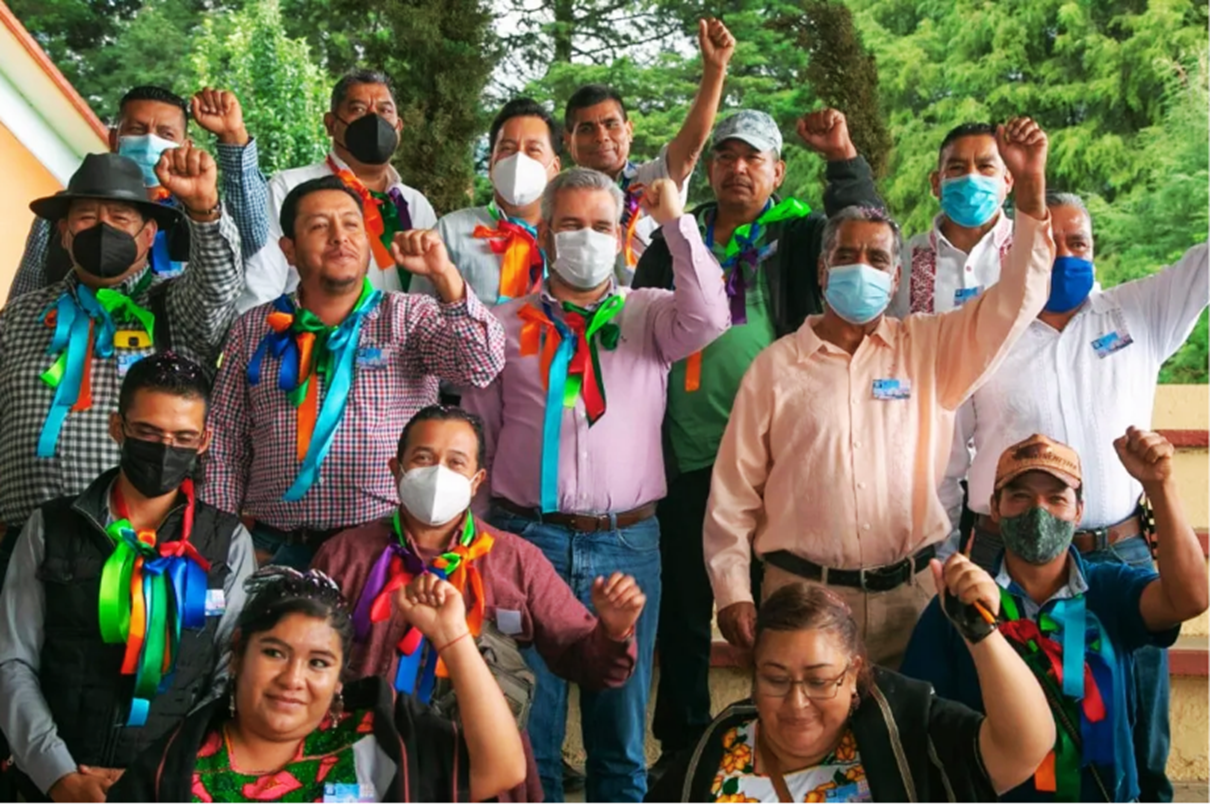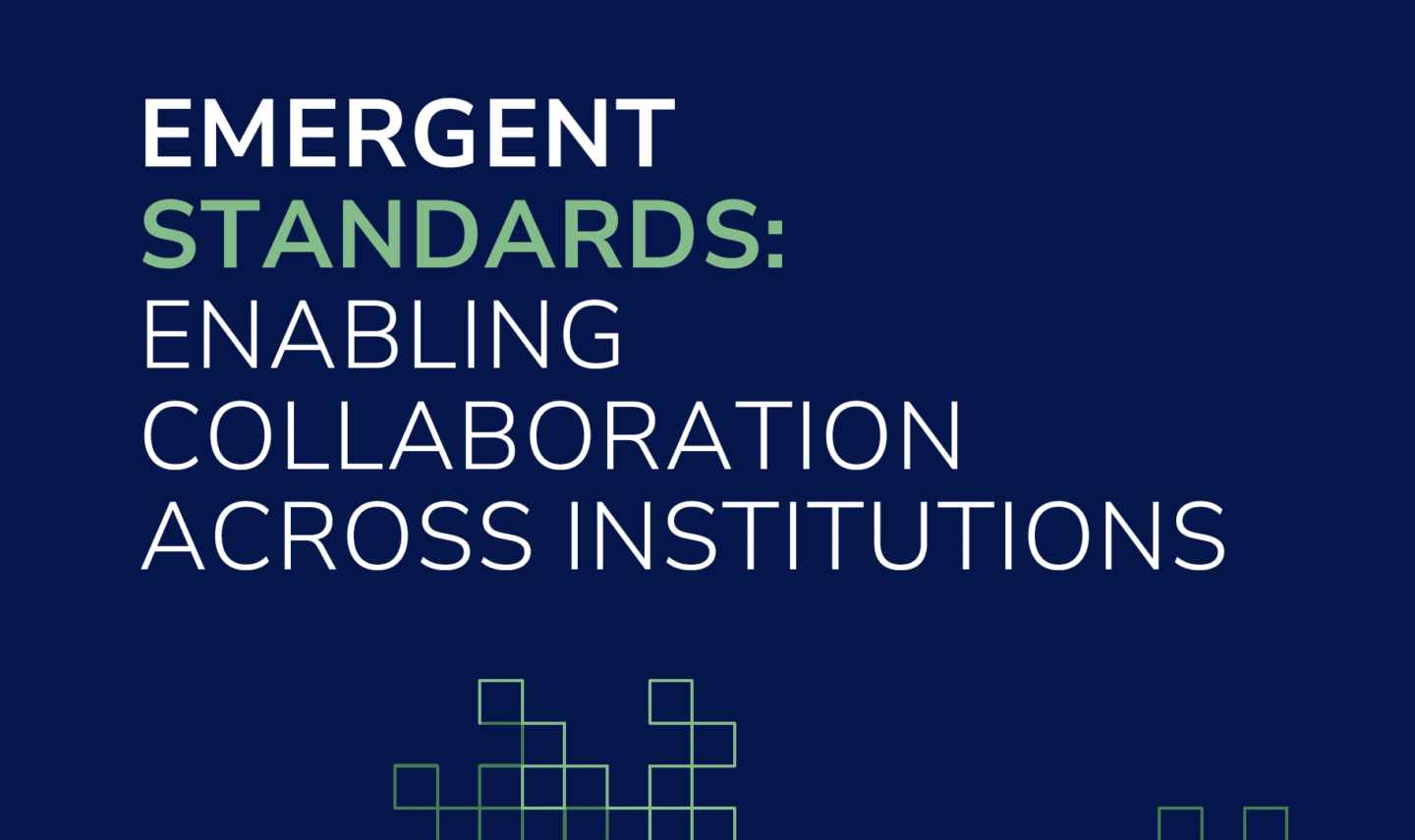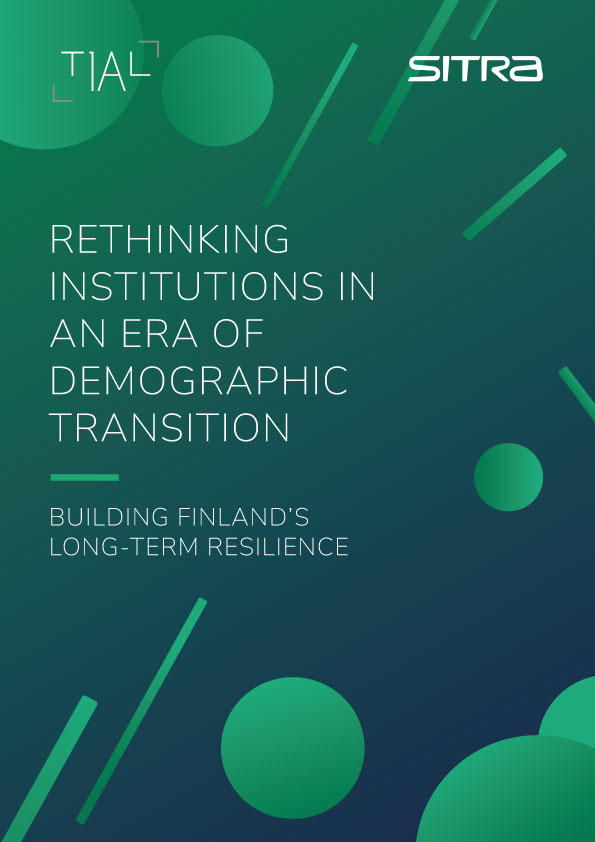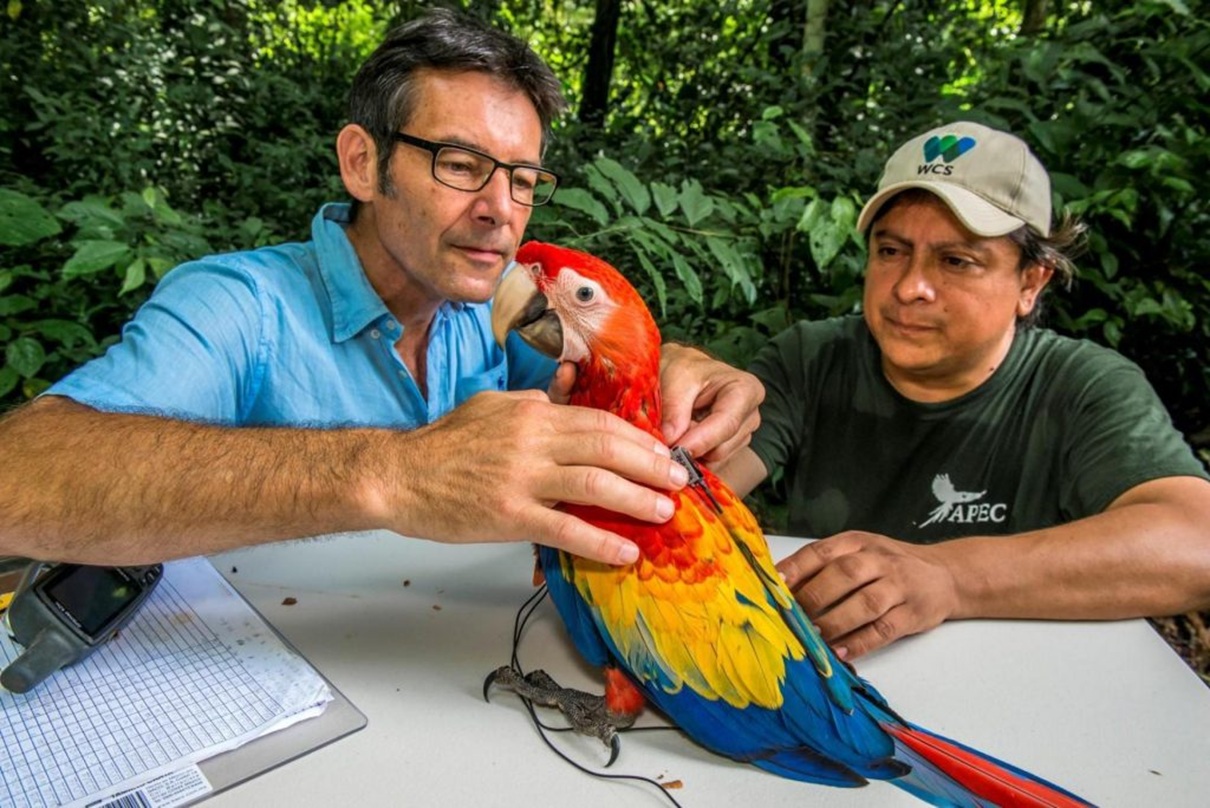The right to direct budgeting for Indigenous communities in Mexico represents reimagining of governance that challenges conventional economic and institutional structures.
It raises fundamental questions about how public finance can be rewired to support community-led decision-making and what it takes to shift power from centralized authorities to the people most affected by policy choices.
What can we learn from these efforts about making governance more inclusive, participatory, and responsive to the lived realities of diverse communities?
The “Right to Direct Budgeting” movement by indigenous communities in Mexico was triggered by security concerns and systemic underfunding.
Communities in Michoacán demanded direct access to government funds, bypassing municipal intermediaries. A pivotal legal precedent emerged in Pichátaro in 2016, where Purhépecha leaders successfully litigated for a proportional share of public budgets based on human rights violations and government failures to ensure security and basic public services.
This legal breakthrough not only set a precedent for Indigenous self-determination but also demonstrated the power of grassroots movements in shaping alternative forms of governance at the state level.
The decision highlighted systemic neglect and emphasized the role of strategic litigation in bridging institutional gaps, sparking similar initiatives across the region and beyond.
The moments that defined a movement
Indigenous communities in Michoacán have long faced marginalization, entrenched poverty, and limited autonomy.
Historically, public funds for Indigenous development were funneled through municipalities, often failing to reach the intended beneficiaries.
The human rights reforms provided a new legal avenue, empowering Indigenous groups to challenge this inequity in courts.
This empowerment coincided with heightened public discourse around human rights, creating an environment ripe for institutional change.
With support from legal collectives like Colectivo Emancipaciones, Indigenous leaders utilized constitutional provisions to redefine governance structures and claim direct funding. The initial successes of the movement can be attributed to tactical interpretation and utilization of human rights arguments, specifically the 2011 constitutional amendments in Mexico and Article 4 of the UN Declaration on the Rights of Indigenous Peoples which recognizes the right to financial autonomy.
Ever since, the movement for direct budgeting has expanded across Mexico allowing dozens of indigenous communities to establish and sustain their own forms of self-governance.
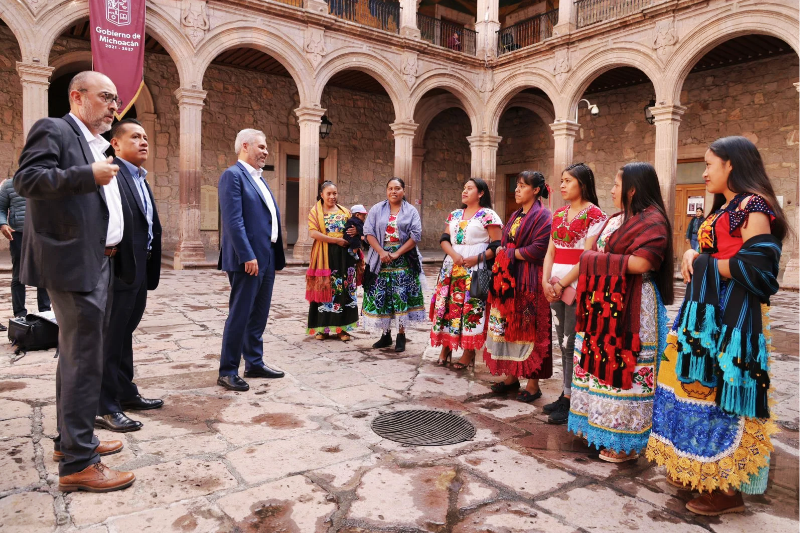
Key leaders and communities launched legal cases asserting their right to manage security funds locally.
For example:
- In Michoacán, local Indigenous communities began litigating to reclaim police budgets for their use, arguing that the government had failed to protect their areas from cartels. This strategy resulted in several court victories, which ultimately led to the incorporation of direct budgeting into legislation. What began as an exception through litigation transformed into “common sense” institutional practice, lowering the bar for legitimation and fostering a systemic approach to Indigenous governance.
- Communities formed councils, drafted governance protocols, and collaborated with allies within bureaucratic institutions to navigate and transform complex legal frameworks. These councils, rooted in traditional practices yet informed by modern legal standards, became hubs of empowered participatory governance.
A pivotal moment
The movement’s defining moment came in 2021 with the enactment of legislation guaranteeing direct budgeting rights for Indigenous communities.
This marked a transition from judicial victories to a systemic, legislative acknowledgment of Indigenous self-governance.
By 2025, the number of communities exercising this right had surged to over 40 in Michoacán alone, with national-level reforms beginning to emerge. Indigenous communities created their own institutions and governance processes, such as community-based nomination and selection processes for positions in security patrols, diverging from the bureaucratic processes of the national public security systems.
This allowed them to design institutions more closely aligned with their cultural and operational needs.
Rather than relying on national-level technocratic transparency reports, these communities developed their own criteria for evaluating security and governance effectiveness, fostering new institutional cultures based on community-defined standards.
Lessons for the future
The direct budgeting movement by Indigenous communities in Mexico represents a fundamental shift in governance, demonstrating how financial autonomy can serve as a tool for institutional transformation.
By reclaiming control over public funds, these communities not only challenged conventional economic models but also built alternative governance structures that better reflected their needs and priorities.
This shift required the development of key capabilities, particularly in legal and strategic litigation, as Indigenous leaders leveraged constitutional provisions and international frameworks like UNDRIP to assert their rights.
At the same time, they built new governance structures that merged traditional decision-making with formal administrative processes, ensuring financial accountability and long-term sustainability.
Strengthening financial management systems and forging alliances within bureaucratic institutions were also essential to navigating and reshaping public finance mechanisms.
The pressures that drove this transformation could not have been addressed through traditional institutions:
- State security forces failed to protect Indigenous communities from organized crime, leaving them vulnerable and forcing them to take matters into their own hands.
- Chronic underfunding persisted because public funds were funneled through municipal intermediaries, who often diverted resources away from Indigenous priorities.
- Centralized governance structures systematically excluded Indigenous voices, making meaningful participation nearly impossible.
- Bureaucratic rigidity further compounded the problem, as state institutions lacked the mechanisms to recognize and integrate Indigenous governance models.
In response, the movement employed tactics that reshaped institutional norms.
Litigation was not just a legal strategy but a tool for system change, transforming a one-time legal victory into a recognized governance model.
By framing their demands within human rights discourse, communities forced the state to engage on legally binding terms. Direct financial flows bypassed inefficient municipal structures, ensuring that resources reached those who needed them most.
As more communities followed suit, what began as an exception became an accepted institutional practice, illustrating how alternative governance models can scale and take root.
By rewiring governance and financial flows, Indigenous communities in Mexico have demonstrated that institutional innovation is not just about policy change – it is about redistributing power.
Their experience highlights the potential of alternative economic models to create more inclusive, accountable, and participatory governance systems that respond directly to community needs.
At UNDP Istanbul Innovation Days
How can governance and economic structures be rewired to be more inclusive, participatory, and responsive to the needs of diverse communities?
What lessons can we draw from movements that have successfully shifted power, reshaped financial flows, and redefined institutional legitimacy?
At UNDP Istanbul Innovation Days we will, through plenaries, discussions, and workshops, delve into innovative economic and finance models, exploring how alternative approaches can empower communities and reshape systems to promote sustainability, equity, and resilience.
This case was researched as part of Istanbul Innovation Days 2025, the UNDP’s flagship event on public innovation, and first shared on the event’s official website. We are thankful to our colleagues at UNDP and Demos Helsinki whose contributions were essential for this case story to be told.
All photos are the property of the Michoacan Government, Mexico.

